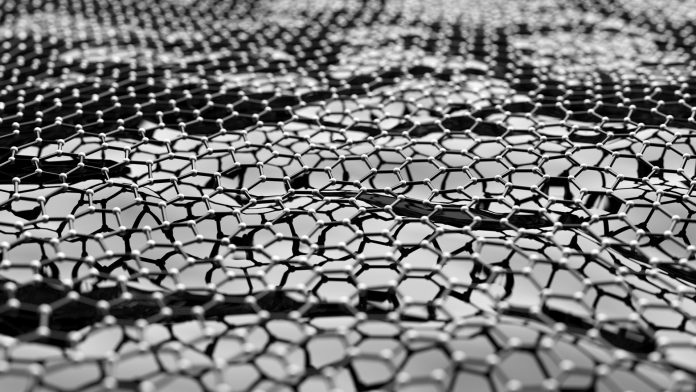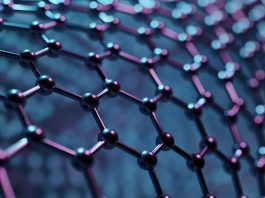An international team led by scientists at the University of Göttingen has discovered a novel quantum effect taking place in natural occurring graphene.
Typically, the electrical resistance of a material relies on its physical dimensions and fundamental properties. However, under particular circumstances, this resistance is capable of embracing a fixed value that is independent of the basic material properties and ‘quantised’, which means that it shifts in discrete steps as opposed to incessantly.
Quantisation of electrical resistance
This quantisation of electrical resistance generally takes place within strong magnetic fields and at extremely low temperatures when electrons move in a two-dimensional fashion. Now, a group of scientists led by the University of Göttingen has effectively exhibited this effect at low temperatures in the almost complete absence of a magnetic field in naturally occurring double-layer graphene, which is just two atoms thick.
The findings of this novel study have been published in Nature.
Two-layer graphene
The group, which consists of researchers from the University of Göttingen, Ludwig Maximilian University of Munich and the University of Texas (Dallas), utilised two-layer graphene in its naturally occurring form. The delicate graphene flakes are contacted through the application of standard microfabrication methods, and the flake is situated so that it hangs freely like a bridge, held at the edges by two metal contacts.
The exceptionally clean double-layers of graphene display a quantisation of electrical resistance at low temperatures and almost undetectable magnetic fields. On top of this, the electrical current flows without any loss of energy. This is due to the fact that this is a form of magnetism that is not created in the typical way as seen in traditional magnets (i.e., by the alignment of the intrinsic magnetic moments of electrons), but by the motion of the charged particles in the graphene’s double layer itself.
“In other words, the particles generate their own intrinsic magnetic field, which leads to the quantisation of the electrical resistance,” explained Professor Thomas Weitz from the University of Göttingen.
Generating a unique effect
This effect is unique, not just because it only needs an electric field, but also because it arises in eight different versions that can be controlled by applied magnetic and electric fields. This leads to a high degree of control, as the effect can be switched on and off, and the direction of movement of the charged particles can be reversed.
“This makes it a really interesting candidate for potential applications, for example, in the development of innovative computer components in the field of spintronics, which could have implications for data storage,” added Weitz. “In addition, it is an advantage that we can show this effect in a system comprising a simple and naturally occurring material. This is in stark contrast to the recently popularised ‘heterostructures’, which require a complex and precise composition of different materials.”
First, however, the effect must be further investigated, and ways to stabilise it at higher temperatures need to be found because currently, it only occurs at up to five degrees above absolute zero (the latter being 273 degrees below 0oC).”









